#African Lion (Panthera leo melanochaita)
Text

Southern African lion (Panthera leo melanochaita)
Photo by Leon Molenaar
#southern african lion#african lion#lion#panthera leo melanochaita#panthera leo#panthera#pantherinae#felidae#feloidea#feliformia#carnivora#laurasiatheria#placentalia#mammalia#tetrapoda#vertebrata#chordata
180 notes
·
View notes
Text
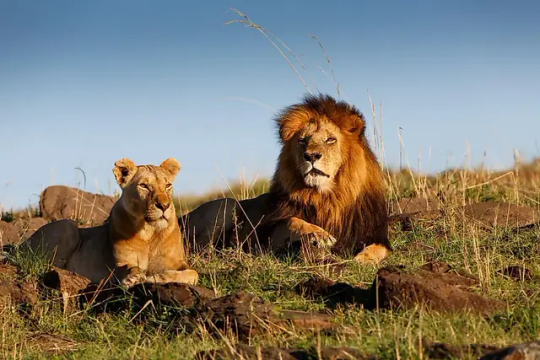



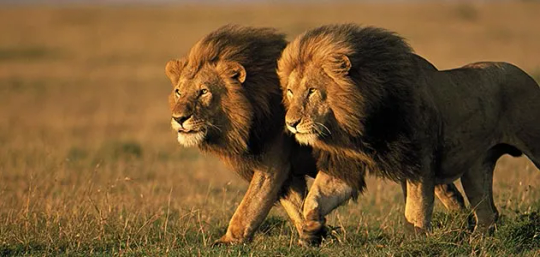
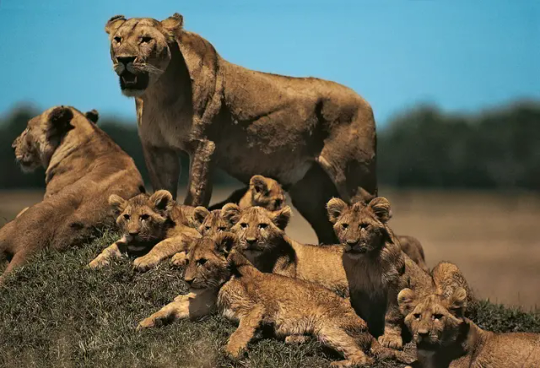



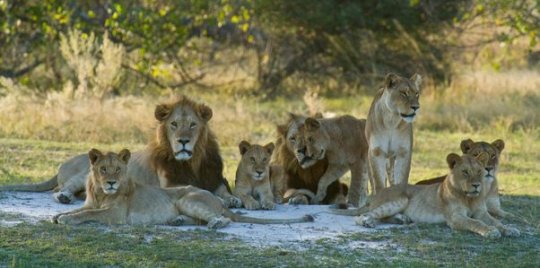
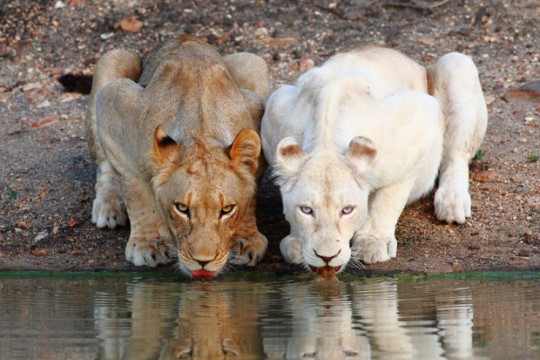
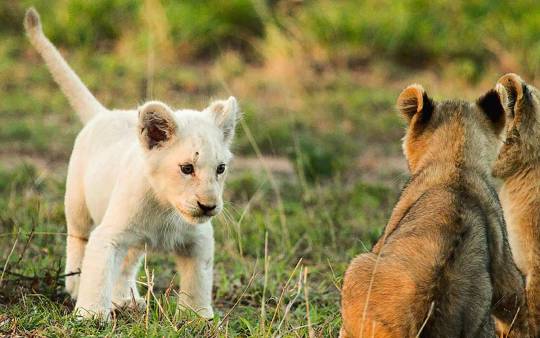
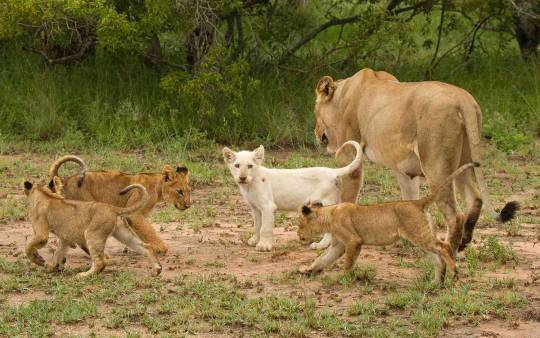
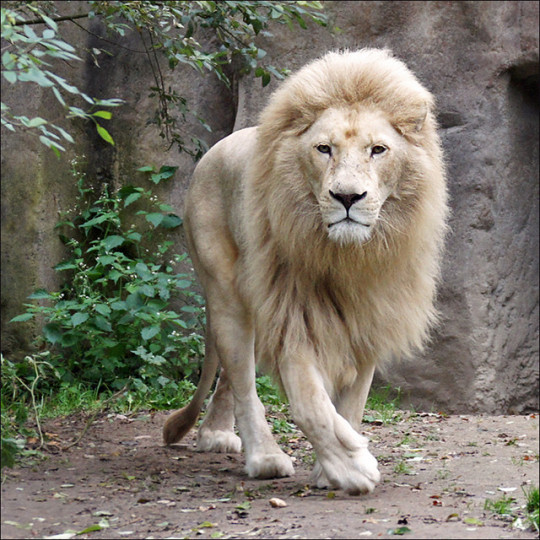
Panthera leo melanochaita better known as the east African lion, the Southern lion, the Southern African lion, or the East-Southern African lion,, is a subspecies of lion native to eastern and southern Africa. Here they prefer to inhabit grasslands and savannas, but are also known to inhabit open woodland, scrublands, and montane forests. African lions are the most social of all wild felines, living in groups of related individuals and their offspring called prides which number 3 to 30 females and 1 to 4 males. East African lions typically prey upon ungulates such as wildebeest, cape buffalo, eland, gemsbok, nyala, roan and sable antelope, warthogs, bush pigs, zebra, tsessebe, waterbuck, kudu, hartebeest, kob, and thomson’s gazelle, however they are also known to hunt other prey from as small as common mice to as large as young or infirm African bush elephants. Lions are themselves occasionally killed by other predators such as wild dogs, hyenas, leopards, other lions, and crocodiles. Female east African lions average around 7.5 to 8.9ft (2.3 to 2.7m) in length, and 183 to 370lbs (83 to 168kgs) in weight while males average around 8.1 to 9.4ft (2.47 to 2.84m) in length and 321 to 496lbs (145 to 225kgs) in weight, however lions as big as 11ft (3.35m) and 825lbs (375kgs) have been known to exist. This marks the lion as the second largest extant cat after the tiger. The lion is a muscular, broad-chested cat with a short, rounded head, a reduced neck, and round ears. The fur varies in color from light buff to silvery grey, yellowish red, and dark brown, additionally albino and leucistic individuals are not unheard of. Mature males typically sport long flowing manes, but may occasionally lack them. Additionally females may occasionally grown manes as well. Breeding may occur year round, with each mature female having there own estrous cycle. When in heat she will breed with one or more partners. After a 110 day pregnancy a mother lion will give birth to 1 to 4 cubs in a secluded den away from the rest of the pride. She will not rejoin the pride until her young are around 6 to 8 weeks of age. East African Lions reach maturity around 2 to 4 years of age, at which point the males are typically forcibly evicted from the pride and females may choose to set of in search of another to join. Under ideal conditions an east African lion may live up to 18 years.
#pleistocene pride#pleistocene#pliestocene pride#pliestocene#cenozoic#ice age#stone age#mammal#lion#africa#african lion#east african lion#white lion#cub#lioness#cat#big cats#feline
31 notes
·
View notes
Text
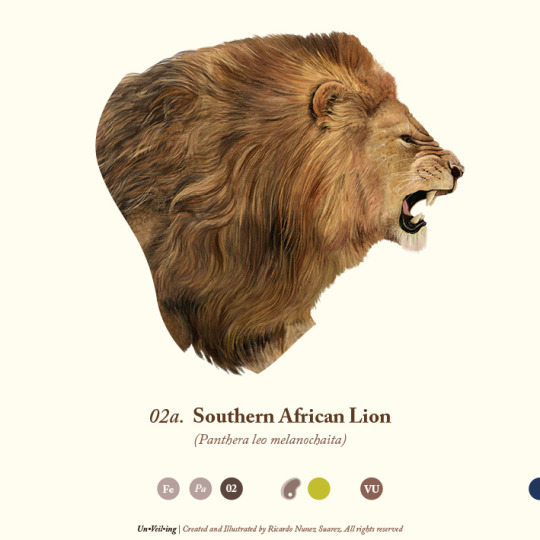
Southern African Lion
Panthera leo melanochaita
Family: Felidae
Genus: Panthera
Conservation Status: Vulnerable
Before 2016, approximately a dozen subspecies of lions were officially recognized. However, after conducting more thorough assessments and further studies, scientists ultimately concluded that there are only two distinct subspecies. One is the South African Lion, which is the focus of this post, and the other is the Asiatic Lion, which also encompasses the lions residing in the western and northern regions of Africa.
_______________________________________
Thank you for passing by. Please consider joining the club where you can find more detailed information about every post here along with the book that is in the making and have access to the collectible E-Stickers. Just click here
See you next week. Follows, likes, and reblogs help a lot. Let's make animals famous so we can take care of them. Cheers!
#lion#southern African lion#leon#big cat#cute cats#love cats#wild cats#illustration#drawing#scientific illustration#illo#wild animals#wildlife#artist on tumblr#animals#mammals#animal#conservation#inforgraphics
34 notes
·
View notes
Photo

African Lions (Panthera leo melanochaita) at Sedgwick County Zoo #lions #lionsofinstagram #africanlion #sedgwickcountyzoo #zoos #zoosmatter #zoophotography #shotoniphone (at Sedgwick County Zoo) https://www.instagram.com/p/CkGPKGFr5Ho/?igshid=NGJjMDIxMWI=
3 notes
·
View notes
Text

West African Lion in Chobe National Park, Botswana
Geranimo
Population: 120–374
Scientific name: Panthera leo leo
Family: Felidae
Common Name: African lions
Type: Mammals
Diet: Carnivore
Group Name: Pride
Size: Head and body, 4.5 to 6.5 feet; tail, 26.25 to 39.5 inches
Weight: 265 to 420 pounds
Size relative to a 6 foot man:

Smaller in size and genetically distinct from other lions, West African lions are considered critically endangered.
They are more closely related to lions in India than they are to lions in Southern and East Africa (Panthera leo melanochaita).
#Chobe National Park#Botswana#National Park#Wildlife#BotswanaWildlife#Africa#Critically Endangered#Endangered
1 note
·
View note
Video
African Lion (Panthera leo melanochaita) by Gregory "Slobirdr" Smith
Via Flickr:
A nuzzle with Mum is always a good thing...
#African Lion (Panthera leo melanochaita)#River Khwai#Botswana#Naturalist Journeys#Masson Safaris#@slobirdr#Gregory Slobirdr Smith
101 notes
·
View notes
Photo

East African Lion (Panthera leo melanochaita), Kenya.
#East African Lion#Panthera leo melanochaita#wild#nature#sleeping#predator#carnivore#original photographers#photographers on tumblr#Nairobi#Kenya
3 notes
·
View notes
Note
What do you think would have lived in the Rapture zoo?
Rapture Zoo Headcanons
Probably in the same part of the city as Fort Frolic, though not built within the same mall/theater complex as the rest of the facilities. Rather it has its own structure nearby, and would have been connected to the Fort via a long glass walkway that opened onto the lower atrium.
In terms of species, there are no "local" land animals, so creatures would be chosen (typically in pairs) by a combination of accessibility, perceived exoticness, & size requirements. (While single animals would be cheaper and easier to maintain, couples bring in more guests.) Many are unfortunately acquired through the black market or flat-out smuggled from their place of origin.
As far as who is calling the Rapture Zoo home, I did my research and tried to create a menagerie fitting of Rapture's climate! Here are my proposals, explained (with pictures!) I also have a layout in mind if anyone is curious. But that's for another day!
The Main Exhibits

1. East African Lion (Panthera leo melanochaita)
Amount: Two (mated pair; acquired from defunct surface zoo)
Why: Although one of the rarer species of lion found worldwide, the East African Lion breed is one of the smallest species of lion in the known world, making the space and material required to house and feed them lesser than the needs of its larger relatives. The draw of a real live lion would be invaluable to public interest and ticket sales, so the smaller subspecies would be better for both investors and suppliers alike.

2. American Black Bear (Ursus americanus)
Amount: One (bought from UK circus)
Why: An imposing and visually striking figure, the black bear was chosen as a familiar yet fascinating creature to draw in crowds. Also, they help drive up teddy bear sales something fierce.

3. Arabian Leopard (Panthera pardus nimr)
Amount: One (bought in a black market trade)
Why: Easily one of the most endangered subspecies of leopard known today, the Arabian leopard is also the smallest of the its kind. One of the most expensive subjects purchased for the Rapture Zoo, it was brought as an alternative to satisfy the distinct lack of tigers in the zoo, as the majority of tiger subspecies would be much larger and unwieldy to transport, feed and house.

4. Mexican Grey Wolf (Canis lupus baileyi)
Amount: Four (bonded pack; acquired from defunct surface zoo)
Why: Once again chosen for their combination of smaller size and potential crowd pull, this small pack is notable for requiring much less food and housing than other wolf species, while still being the genuine package.
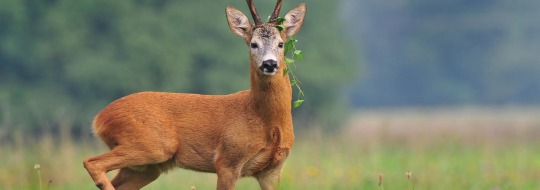
5. Roe Deer (Capreolus capreolus)
Amount: Five (bonded herd; poached from Norwegian woodlands)
Why: Visually appealing while still being a smaller and thankfully incredibly populous subspecies of deer, the roe deer were also chosen for their less-intensive dietary needs and charming counterpoint to the drama of the carnivores in the zoo.

6. Central American Squirrel Monkey (Saimiri oerstedii)
Amount: Seven (Intergrated barrel; acquired from two seperate surface zoos)
Why: Small, amusing and intelligent, this subspecies of spider monkey was chosen not only for its reduced size and charming appearance, but also for its populous numbers that make the specimens easily replaceable.
The Aviary
With two of both subspecies of macaw and four of other listed species, the population of Rapture's aviary was chosen on a basis of loose compatibility and vibrant feather coloration.

7. Blue & Yellow Macaws (Ara ararauna)
8. Scarlet Macaws (Ara macao)
9. Sun Conures (Aratinga solstitialis)
10. Common Parakeets (Melopsittacus undulatus)
The Reptile Room
With a troop of seven frogs, two of each lizard and one python, the reptiles of Rapture Zoo are chosen for their bright pigmentation and exotic appearance without being too deadly or complicated to care for.

11. Red-Eyed Tree Frogs (Agalychnis callidryas)
12. (Albino) Ball Python (Python regius)
13. Carpet Chameleons (Furcifer lateralis)
14. Leopard Gecko (Eublepharis macularius)
The Petting Zoo
A miniature farm complete with a tiny barn and scarecrow, the Rapture Petting Zoo has one cow, four pigs, and one rooster with two hens. As it's a special, more interactive part of the zoo, patrons must pay a second fee, usually 50% of the standard ticket, to interact with the animals. All the species were chosen for their smaller size and/or docility.

15. Dexter Cow (Bos taurus taurus)
16. Kunekune Pigs (Sus scrofa domesticus)
17. Cornish Game Chickens (Gallus gallus domesticus)
I also think the managers and owners had a plan to trade out/sell off animals to keep interest high, but the city fell before a plan could have been made.
143 notes
·
View notes
Note
Will you please tell me some lion facts?
Well of course buddy
The name “lion” means “Simba” in Swahili, that is a fun fact to get us started. In truth the Lion king was a poor portrayal of lion society (but it’s still a great movie). Lions are the only truly social big cat, they live in prides off all sizes. Often times the size of the pride is decided by the amount of food and water which is available. Male lions are stronger than the females but do very little of the muscle work, most of the hunting will be done by the lionesses.

Most prides are ruled by one or more males who take over prides to mate with the females and continue their bloodline. Males live by strength in numbers, male lions often form coalitions as sub adults, it’s very rare for a sole male lion to take over a pride and rule for a long period of time. 2 or more male lions working together stand a much bigger chance. But even then, male lions In the wild often don’t dominate for long, new males are always looking to take over. When a male takes over all existing cubs are either pushed out (when old enough) or killed :(
The females in the pride provide the food, they are expert hunters and know how to hunt as a group. The males don’t hunt much, their mane makes stalking harder because they are so clear to be seen. The roar of lion can be heard 8 kilometers away, this is mainly used as a way to keep new male lions away. Basically it’s a way of saying, “this pride is taken, fuck off.”
Lions can be divided into two subspecies (Panthera leo melanochaita and Panthera leo leo). The Panthera leo melanochaita subspecies consists out of the Asiatic, West African, Central African, and Barbary lions. The Panthera leo leo subspecies consists out of the Southern African lions including the Cape lion and the East lion.
Out of all the different lions only the Barbary lion is officially extinct, though other lion species are critically endangered.
Fun facts
Female lions often form what is called a “creche” all the cubs (litters range from 1-5 cubs) are cared for by every female. If they need to hunt one female will stay behind to take care of the cubs, she will even let the cubs that aren’t hers drink her milk.
Lion cubs are born completely helpless, they are blind and can’t walk. The female will separate herself from the pride until the cubs are 6-8 weeks old and are strong enough to keep up with the pride and not get hurt while playing with older cubs already in the pride.

Contrary to popular belief male lions have been seen showing affection or at least tolerance for his cubs. He doesn’t play an active role in raising the cubs but will protect his pride to the death.
Cubs are pushed out of the pride anywhere between 12-24 months of age. This is mostly done to prevent inbreeding and because the dominate male won’t accept competition for his place at the head of the pride from his sons.
Sub-adults often times will stay together, this is the time when males form coalitions and strengthen their bond so they can take over a pride when they are in their prime (around 4-6 years old).
Females mostly stay with their pride their whole lives. Sometimes they are pushed out though because food or water is limited. If they are pushed out they may set off on their own or form a pride of their own with other pushed out females.
In the wild lions tend to live for 10-14 years (males don’t live as long as females). In captivity this can extend to over 20 years depending on the care they are given.
Lions are nocturnal which means they mostly hunt at night and sleep during the day. Of course there are exceptions but it makes sense, sleep during the heat of the day and hunt when it’s cool and dark.
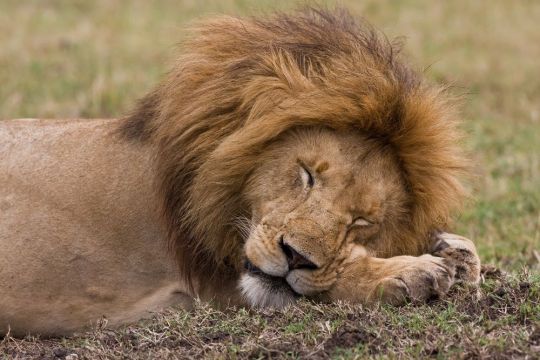
Not so fun fact but important.
Canned hunting is practice that is very well known but somehow often overlooked. It’s a practice in which rich people pay thousands of dollars to shoot at a caged animal to then “show off” their trophy. Male lions are especially popular with these kind of people, sometimes they are sedated so they can’t run away or fight.
Remember that when you come across a lion cub that this lion cub won’t be cute and cuddly forever. Once they get to an age where they are dangerous and no longer cute they will be put into a cage until they are big enough to be used as target practice. If anyone ever offers you the chance to pet a lion cub, remember that this is never in the best interest of the animal. There simply isn’t enough room for all these adult lions so refuse and inform others to avoid the cub petting business.
Is that enough to keep you going?
37 notes
·
View notes
Text

Southern African lion (Panthera leo melanochaita)
Photo by Stuart Price
#southern african lion#african lion#lion#panthera leo melanochaita#panthera leo#panthera#pantherinae#felini#felidae#feliformia#carnivora#carnivoramorpha#ferae#scrotifera#laurasiatheria#boreoeutheria#eutheria#mammalia#tetrapoda#vertebrata#chordata
54 notes
·
View notes
Photo

From NatHab/WWF Wildlife Photo of the Day; October 29, 2018:
Take Your Place in the Circle of Life
Keith Burroughs
Species: East African Lion (Panthera leo melanochaita) | Location: Maasai Mara, Kenya
While on safari in the Masai Mara, we came upon a pride of lions. This male lion had three cubs with him. He was teaching them how to be a lion.
The quote from the Lion King is what I imagined him saying to his son: "You have forgotten who you are and so have forgotten me. Look inside yourself Simba. You are more than what you have become. You must take your place in the Circle of life. "
#wildlife photo of the day#nature#wildlife#cats#big cats#lion#african lion#East African Lion#Masai Mara#Maasai Mara National Reserve#Kenya#eye injury
7 notes
·
View notes
Photo
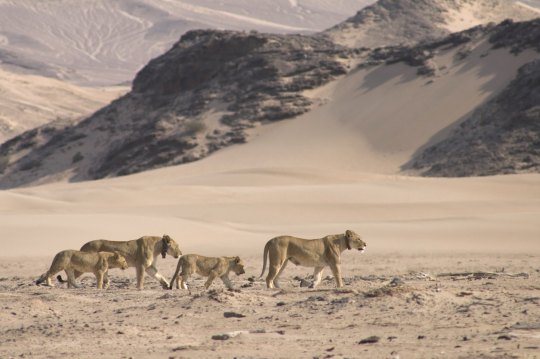
Southern African lion (Panthera leo melanochaita)
Photo by Paul Brehem
#southern african lion#african lion#lion#panthera leo melanochaita#panthera leo#panthera#pantherinae#felini#felidae#feliformia#carnivora#carnivoramorpha#ferae#scrotifera#laurasiatheria#boreoeutheria#eutheria#mammalia#tetrapoda#vertebrata#chordata
62 notes
·
View notes
Photo

Southern African lion (Panthera leo melanochaita)
Photo by Bart Coessens
#fave#southern african lion#african lion#lion#panthera leo melanochaita#panthera leo#panthera#pantherinae#felini#felidae#feliformia#carnivora#carnivoramorpha#ferae#scrotifera#laurasiatheria#boreoeutheria#eutheria#mammalia#tetrapoda#vertebrata#chordata
45 notes
·
View notes
Photo

Southern african lion (Panthera leo melanochaita)
Photo by Rosemary Locock
#predation#southern african lion#african lion#lion#panthera leo melanochaita#panthera leo#panthera#pantherinae#felini#felidae#feliformia#carnivora#carnivoramorpha#ferae#scrotifera#laurasiatheria#boreoeutheria#eutheria#mammalia#tetrapoda#vertebrata#chordata
40 notes
·
View notes
Photo
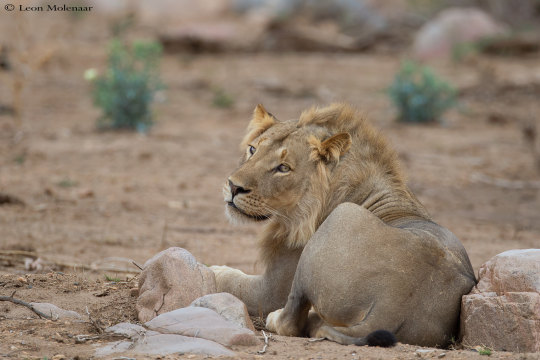
Southern african lion (Panthera leo melanochaita)
Photo by Leon Molenaar
#southern african lion#african lion#lion#panthera leo melanochaita#panthera leo#panthera#pantherinae#felini#felidae#feliformia#carnivora#carnivoramorpha#ferae#scrotifera#laurasiatheria#boreoeutheria#eutheria#mammalia#tetrapoda#vertebrata#chordata
35 notes
·
View notes
Photo

Southern african lion (Panthera leo melanochaita)
Photo by Fabrice Stoger
#southern african lion#african lion#lion#panthera leo melanochaita#panthera leo#panthera#pantherinae#felini#felidae#feliformia#carnivora#carnivoramorpha#ferae#scrotifera#laurasiatheria#boreoeutheria#eutheria#mammalia#tetrapoda#vertebrata#chordata
44 notes
·
View notes
